12 stunning buildings that bring nature inside
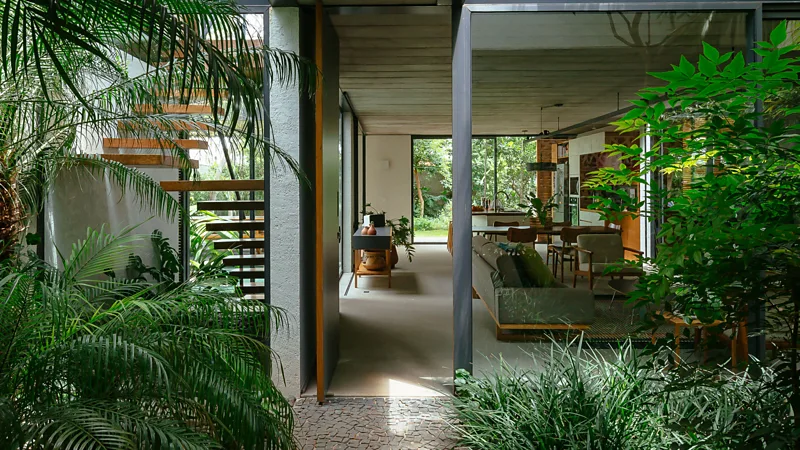 In the quest to build with nature, designers have grappled with this question for over a century, though often overlooking the true essence of collaboration implied by the term "with."
In the quest to build with nature, designers have grappled with this question for over a century, though often overlooking the true essence of collaboration implied by the term "with."
Consider the visionary planner Ebenezer Howard of the Victorian era, who championed the idea that nature held the key to alleviating urban challenges such as pollution, disease, and congestion. In 1898, Howard articulated his vision for a "Garden City," where every resident, regardless of socioeconomic status, could access green areas—a stark contrast to the scarcity of such spaces in London at the time.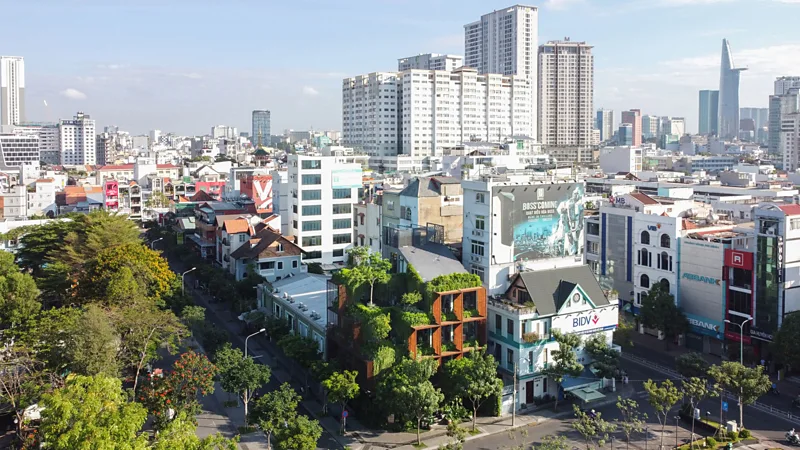 A wooden baton structure covered in planting is fixed to the Tony Fruit office in Ho Chi Minh City, Vietnam, offering shade and cooling the air (Credit: TAA Design)
A wooden baton structure covered in planting is fixed to the Tony Fruit office in Ho Chi Minh City, Vietnam, offering shade and cooling the air (Credit: TAA Design)
Today, variants of Howard's "Garden City" have bloomed across the world but by another name: the suburb. Suburban areas might exhibit a semblance of greenery, but it tends to be merely superficial in nature. Their key feature, the lawn, must be carefully mowed, weeded, and watered to imitate an English country estate. Even worse: the creation of "natural" suburbs often destroyed vast swathes of actual nature. Although well-intentioned, Howard and his adherents failed to truly integrate nature into their designs; instead, they treated it as a mere backdrop. Genuine building with nature entails actively heeding its guidance. In the era of climate change, we cannot afford to view green elements solely for our pleasure. Failure to build harmoniously with nature will ultimately lead to our own demise, as we destroy the very environment upon which we depend.
Although well-intentioned, Howard and his adherents failed to truly integrate nature into their designs; instead, they treated it as a mere backdrop. Genuine building with nature entails actively heeding its guidance. In the era of climate change, we cannot afford to view green elements solely for our pleasure. Failure to build harmoniously with nature will ultimately lead to our own demise, as we destroy the very environment upon which we depend.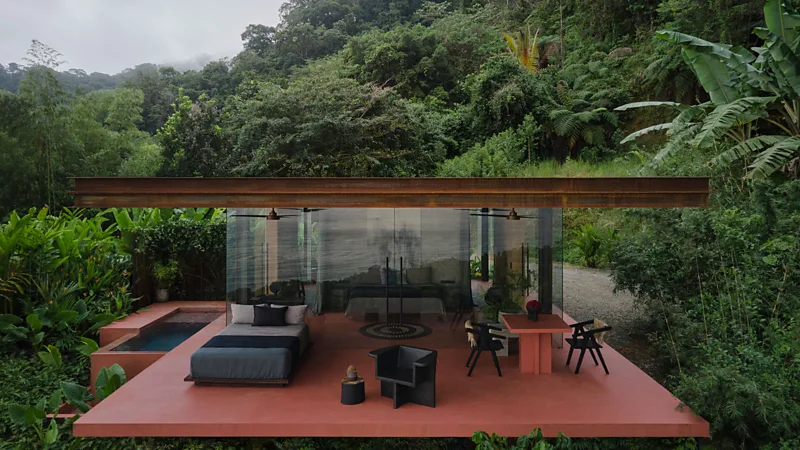 This goes beyond mere adornment with greenery; as designers, our responsibility is profound, verging on philosophical. It necessitates resolving the tension between constructed and natural surroundings. Essentially, building with nature entails architects embracing nature as a collaborator—an endeavor challenging within a profession often marked by egocentric tendencies.
This goes beyond mere adornment with greenery; as designers, our responsibility is profound, verging on philosophical. It necessitates resolving the tension between constructed and natural surroundings. Essentially, building with nature entails architects embracing nature as a collaborator—an endeavor challenging within a profession often marked by egocentric tendencies.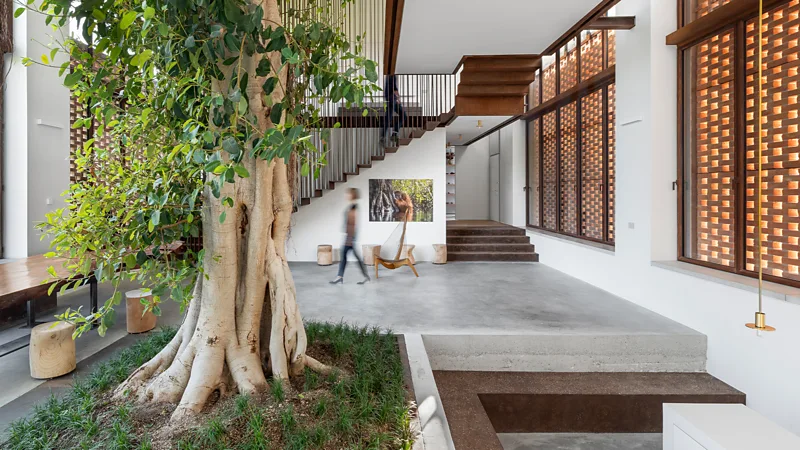 Initially, our focus should be on safeguarding and emulating nature in our resource utilization practices. Prioritizing the reduction of unnecessary and wasteful construction holds even greater significance. However, the necessity to develop new residences and commercial establishments persists, particularly in areas experiencing population growth. When construction is unavoidable, we must transition from a linear economy, characterized by the one-way consumption and disposal of resources, to a circular economy, where everything is recycled and repurposed. Much like how plants and animals return to the soil upon death, could our buildings follow a similar regenerative cycle?
Initially, our focus should be on safeguarding and emulating nature in our resource utilization practices. Prioritizing the reduction of unnecessary and wasteful construction holds even greater significance. However, the necessity to develop new residences and commercial establishments persists, particularly in areas experiencing population growth. When construction is unavoidable, we must transition from a linear economy, characterized by the one-way consumption and disposal of resources, to a circular economy, where everything is recycled and repurposed. Much like how plants and animals return to the soil upon death, could our buildings follow a similar regenerative cycle?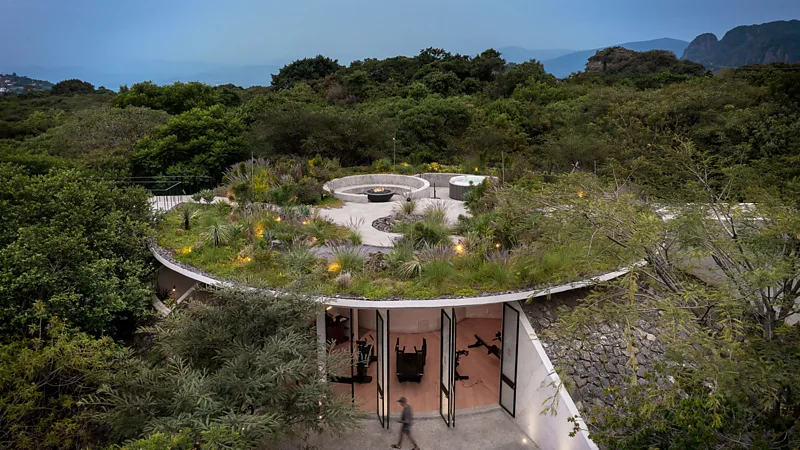 To foster a circular economy, we can adopt natural building materials such as wood, stone, and mud bricks, which generate far less waste compared to concrete and steel. Furthermore, leveraging innovative technologies enables the development of experimental bio-based materials. Utilizing mushroom mycelium and repurposing food waste for construction presents promising avenues for innovation in design and sustainability.
To foster a circular economy, we can adopt natural building materials such as wood, stone, and mud bricks, which generate far less waste compared to concrete and steel. Furthermore, leveraging innovative technologies enables the development of experimental bio-based materials. Utilizing mushroom mycelium and repurposing food waste for construction presents promising avenues for innovation in design and sustainability.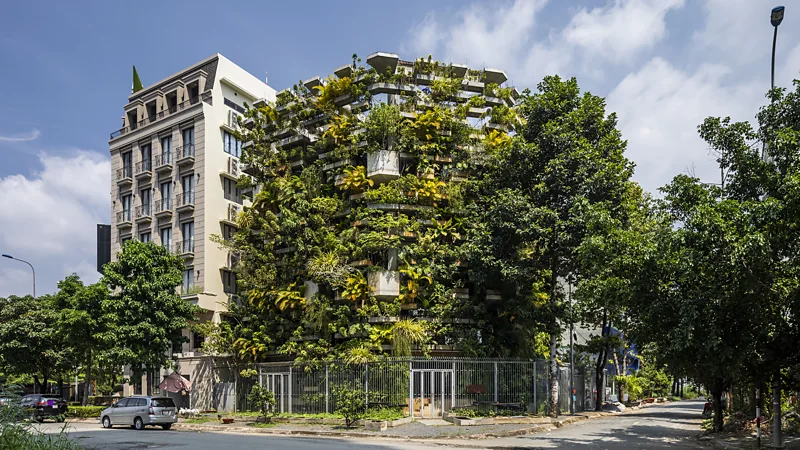 The second aspect involves integrating living organisms into built environments, not just for visual enhancement but also for their practical utility. As outlined in Ben Wilson's Urban Jungle (2023), metropolitan areas serve as hubs of biodiversity, with nearly half of Australia's endangered species residing in cities. These urban environments offer abundant food sources and shelter opportunities, such as alleys, contributing to the survival of various wildlife species.
The second aspect involves integrating living organisms into built environments, not just for visual enhancement but also for their practical utility. As outlined in Ben Wilson's Urban Jungle (2023), metropolitan areas serve as hubs of biodiversity, with nearly half of Australia's endangered species residing in cities. These urban environments offer abundant food sources and shelter opportunities, such as alleys, contributing to the survival of various wildlife species.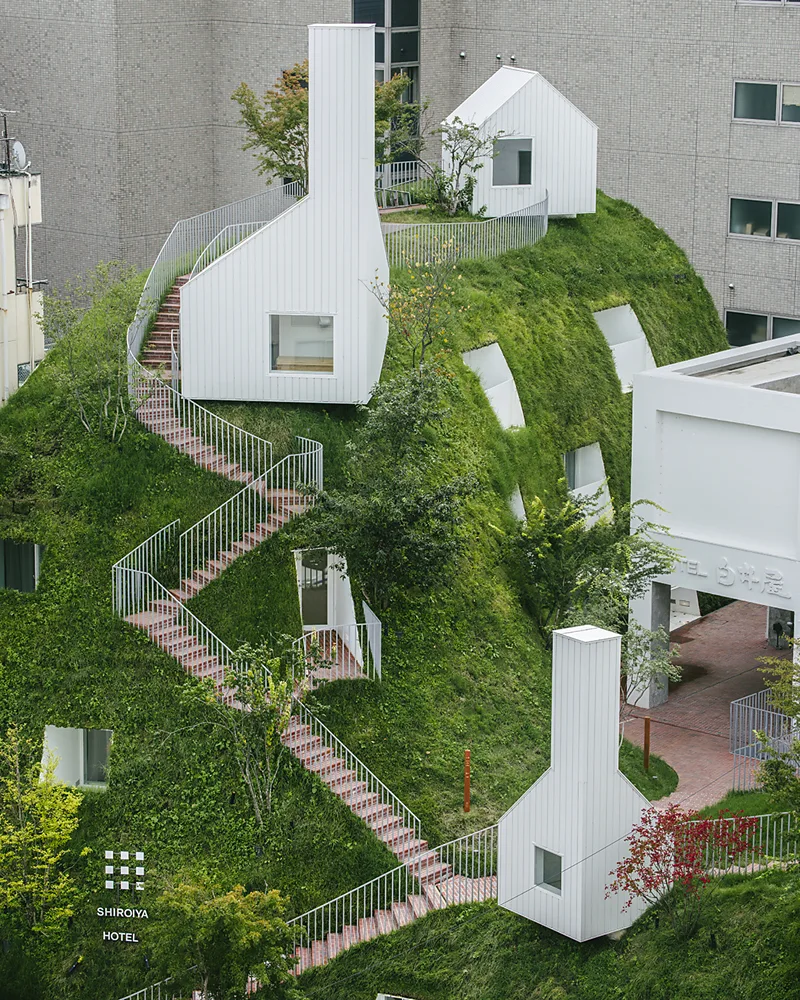 Biologist E.O. Wilson proposed the concept of "biophilia," suggesting that humans inherently possess a love for nature. To fulfill this innate connection, cities require more than just elaborate parks. Wild gardens and green corridors, though less orderly, are essential for facilitating animal migration and fostering biodiversity. By preserving diverse species, we enhance the Earth's capacity to adapt to climate change.
Biologist E.O. Wilson proposed the concept of "biophilia," suggesting that humans inherently possess a love for nature. To fulfill this innate connection, cities require more than just elaborate parks. Wild gardens and green corridors, though less orderly, are essential for facilitating animal migration and fostering biodiversity. By preserving diverse species, we enhance the Earth's capacity to adapt to climate change.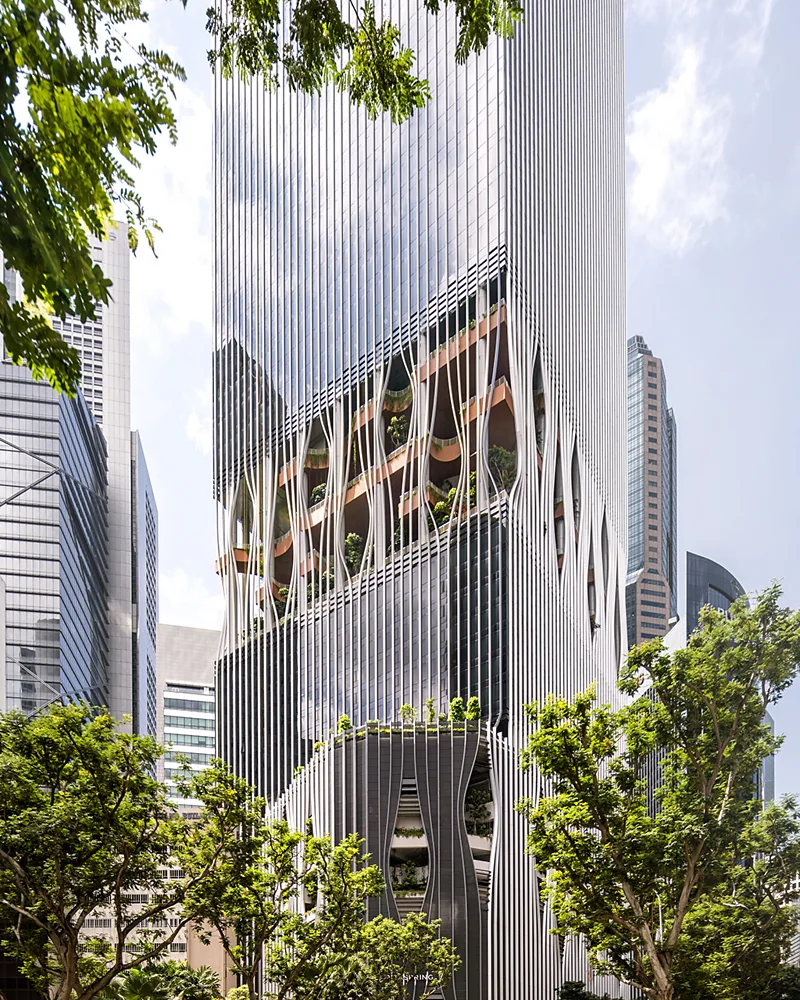 Building harmoniously with nature within urban environments is entirely feasible. Additionally, green building practices offer immediate benefits. Historical examples, from the 16th-century Tenochtitlan to 19th-century New York, demonstrate the potential for urban agriculture to thrive within city limits. Reintroducing urban farming can strengthen the bond between people and nature, even if the yield isn't sufficient to sustain entire populations. Innovations like hydroponics, aeroponics, and robot-assisted indoor farming enable cultivation in unconventional spaces, while traditional community gardens foster social connections and opportunities.
Building harmoniously with nature within urban environments is entirely feasible. Additionally, green building practices offer immediate benefits. Historical examples, from the 16th-century Tenochtitlan to 19th-century New York, demonstrate the potential for urban agriculture to thrive within city limits. Reintroducing urban farming can strengthen the bond between people and nature, even if the yield isn't sufficient to sustain entire populations. Innovations like hydroponics, aeroponics, and robot-assisted indoor farming enable cultivation in unconventional spaces, while traditional community gardens foster social connections and opportunities.
Building projects worldwide are endeavoring to bridge the gap between the natural and artificial realms. Various conceptual frameworks exist, such as philosopher Bruno Latour's "transhumanism" and anthropologist Albena Yaneva and architect Alejandro Zaera-Polo's "cosmopolitics." R. Buckminster Fuller famously likened Earth to a single "Spaceship" journeying through the cosmos, urging us to envision collective stewardship. 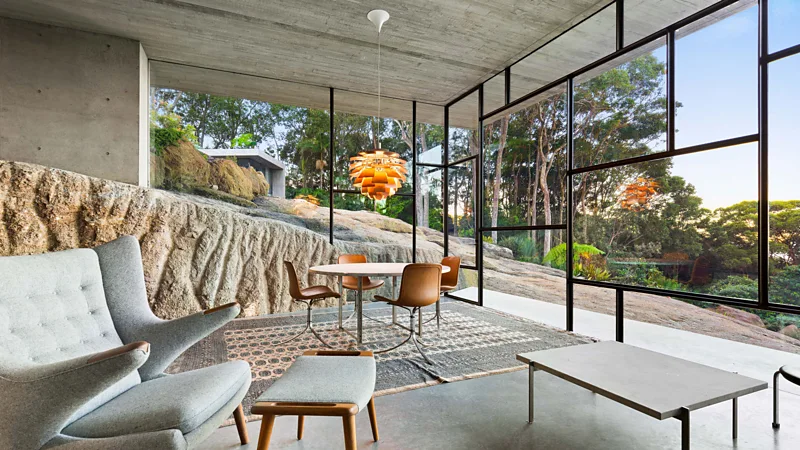 Embracing the digital revolution is crucial for integrating environmentalism into design. While technology is often perceived as antithetical to nature, this dichotomy oversimplifies the relationship. In reality, sensors, networks, and artificial intelligence enable buildings to mimic living organisms, capable of adapting and evolving. Thus, the integration of "smart" and "sustainable" features can foster a harmonious synergy.
Embracing the digital revolution is crucial for integrating environmentalism into design. While technology is often perceived as antithetical to nature, this dichotomy oversimplifies the relationship. In reality, sensors, networks, and artificial intelligence enable buildings to mimic living organisms, capable of adapting and evolving. Thus, the integration of "smart" and "sustainable" features can foster a harmonious synergy. Nature exhibits resilience by thriving in unexpected places, such as the crevices between bricks or cracks in sidewalks. With the aid of technology, we can intentionally create opportunities for life to flourish. For instance, my design studio is developing a 51-story "farmscraper" in southern China, featuring 108,000 square feet (10,000 square meters) of vertical crop space along its walls. This innovative structure will not only yield enough vegetables to sustain 40,000 people annually but also leverage the plants to absorb sunlight and naturally cool the building, eliminating the need for air conditioning.
Nature exhibits resilience by thriving in unexpected places, such as the crevices between bricks or cracks in sidewalks. With the aid of technology, we can intentionally create opportunities for life to flourish. For instance, my design studio is developing a 51-story "farmscraper" in southern China, featuring 108,000 square feet (10,000 square meters) of vertical crop space along its walls. This innovative structure will not only yield enough vegetables to sustain 40,000 people annually but also leverage the plants to absorb sunlight and naturally cool the building, eliminating the need for air conditioning.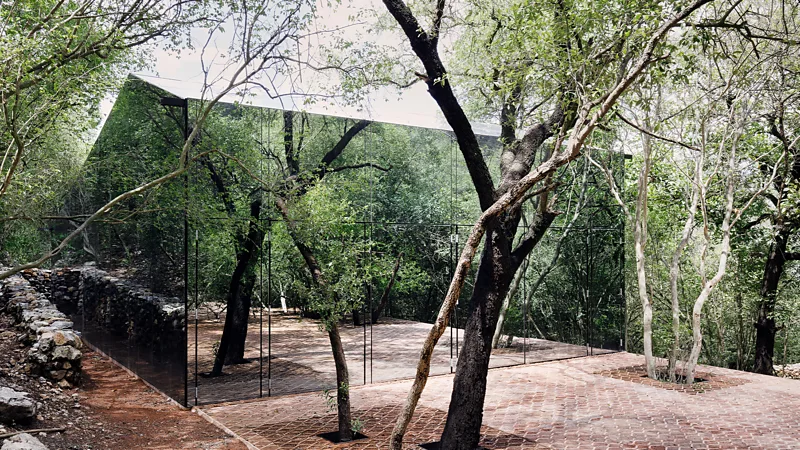 A variety of experiments are necessary to identify the most effective approaches. If we are successful in transforming our construction methods, it can lead to a shift in our perception of the natural world. Viewing nature merely as a resource to exploit or a pristine entity to preserve overlooks our inherent interconnectedness with it, ultimately doing it a disservice. Building in harmony with nature serves as a reminder that we are not separate from it; rather, we are integral parts of it. Echoing Pulitzer Prize-winning poet Gary Snyder, nature is not merely a destination to visit but our home.
A variety of experiments are necessary to identify the most effective approaches. If we are successful in transforming our construction methods, it can lead to a shift in our perception of the natural world. Viewing nature merely as a resource to exploit or a pristine entity to preserve overlooks our inherent interconnectedness with it, ultimately doing it a disservice. Building in harmony with nature serves as a reminder that we are not separate from it; rather, we are integral parts of it. Echoing Pulitzer Prize-winning poet Gary Snyder, nature is not merely a destination to visit but our home.

























![[ℕ𝕖𝕧𝕖𝕣] 𝕊𝕖𝕝𝕝 𝕐𝕠𝕦𝕣 𝔹𝕚𝕥𝕔𝕠𝕚𝕟 - I Think I Have Crypto PTSD](https://cdn.bulbapp.io/frontend/images/819e7cdb-b6d8-4508-8a8d-7f1106719ecd/1)












































